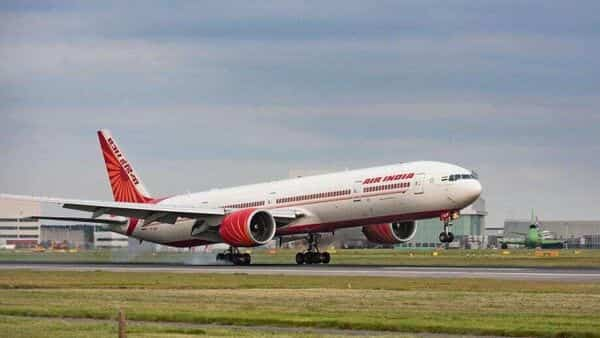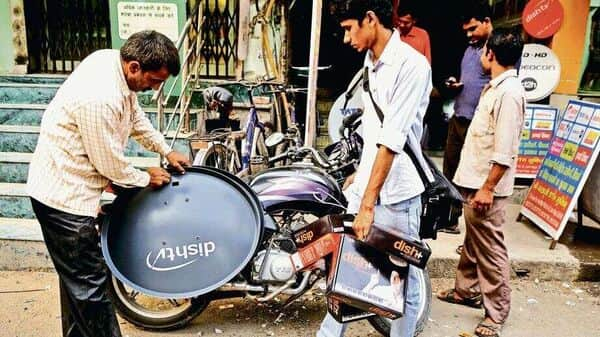[ad_1]
Besides, while the group has been operating two airlines—Vistara and AirAsia India (both joint ventures)—for the last decade, the airlines have not turned profitable yet, they added.
“The two airlines are yet to post profits and have not been able to secure a significant market share in the Indian aviation market. There are concerns about what could be different with new airlines this time around when AirAsia India and Vistara are still trying to make a significant impression on the minds of the flyer,” an analyst said, requesting anonymity.
AirAsia India started flight operations in June 2014. Tata Sons owns 83.67% of the airline, while AirAsia Investment Ltd (Malaysia) has the remaining 16.33% stake. After eight years of operations, the airline has raised its fleet size to 28 aircraft and has a 5.9% share in the domestic market.
Vistara, the 51-49 joint venture between Tata Sons and Singapore Airlines, commenced operations in January 2015 and grew its fleet size to 53 aircraft in seven years. The airline has a 9.6% market share in the Indian aviation sector.
“While the Tatas have the funds and a strategy in place, it really needs to be seen whether they can execute the humongous task as Air India comes with a fair share of issues of its own,” said a second analyst also selling anonymity.
The primary challenge is to refurbish Air India’s fleet and get the planes ready, especially for long-haul flights. However, it will be time-consuming as the airline will have to overhaul its entire wide-body fleet, a senior Tata official said, also requesting anonymity. This will require additional engineering work and will lead to changes in load, material, weight, and passenger services in the existing wide-body fleet, he added.
The national carrier has 113 aircraft in its fleet, including 43 wide-body planes. “The airline also needs to rework its international routes. Currently, many international routes are a financial strain for Air India, and it may withdraw from these economically unviable routes,” he added.
With Air India planning to expand both the domestic and international market share to 30% within five years, the pace of capacity addition will be important as rivals IndiGo and Akasa are also expanding capacities by inducting one aircraft every two weeks.
“Capacity addition is important to gain market share. Air India, AirAsia India, and Vistara have a combined domestic market share of 24.7% as of September. IndiGo is at 57.7%. The Tata group needs to rework the capacity induction programme as supply issues are hampering aircraft deliveries and getting aircraft on lease is a short-gap arrangement,” said an industry expert also requesting anonymity.
Air India’s legacy issues have also been a concern, and the airline has been taking help from experts within the Tata group companies to identify room for improvement and increase efficiency.
The airline is also studying the procurement practices, processes, and technology at Tata Motors and Tata Steel and using it as a template for its own procurement practices for aircraft spares, chief executive Campbell Wilson said recently.
At a recent interaction with reporters, Wilson admitted that there are issues requiring a Test Match approach and not that of a T20 match.
“Clearly, for Air India to become a major player in India, it should quickly finalise the strategy for the four airlines under its ambit as it makes sense to sell the entire Air India network as one network to the customer,” the second analyst said.
“With so many aircraft, and a host of issues to be addressed, it is not a magic bullet problem,” Wilson had said, adding that the financial turnaround will be an accumulation of many things, but refused to commit to a timeline. “It is challenging to build scale, but Air India already has scale. So, whether it comes to aircraft or slots or market recognition and distribution, we are not doing it from scratch. We are doing it as a running start. Two, it is 100% owned by Tatas and not a joint venture. A partnership is always a little bit more challenging when it comes to capital contribution because a 100% entity can take a very singular and, in our case, a very long-term view, whereas, by definition, a joint venture can’t take a singular view, there are always two views. So, I think Air India starts with huge public support. People have a deep affinity for Air India and the hunger for being better (will help). I can certainly see that in the feedback that I get from customers, and it is an almost incalculable asset to have,” he said.
Download The Mint News App to get Daily Market Updates & Live Business News.
[ad_2]
Source link
John Miller has been writing about science, gaming, and tech culture for over a decade. He’s a top-rated reviewer with extensive experience helping people find the best deals on tech and more.

